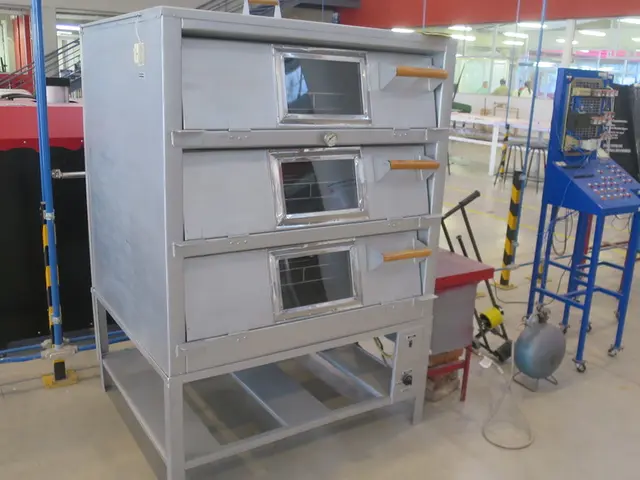Increase in Iranian students attending Russian educational institutions
Boom in Iranian Students in Russian Universities
In the past couple of years, the number of Iranian students studying in Russian universities has surged, reaching 9,210 in 2025, according to "Vedomosti" after a report from the Ministry of Science and Higher Education.
This growth aligns partially with strategic educational collaborations between Iran and Russia, strengthened by their geopolitical alliance.
Why Russia?
Several factors influence Iranian students' choice to study in Russia:
- Common Ground: The rich cultural and historical ties shared by the two nations foster an inviting atmosphere for academic exchange.
- Finances: Compared to Western countries, studying in Russia can be cost-effective due to scholarships and reduced tuition fees.
- Diplomatic Agreements: Recent diplomatic efforts have culminated in the establishment of Soviet institutions in Iran, permitting students to divide their academic journey between Iran and Russia.
- Tech Edge: Joint ventures emphasize cutting-edge technologies such as nanotechnology, biotechnology, and artificial intelligence, drawing students interested in these domains.
- Sanctions and Geopolitics: While Western nations impose hurdles for Iranian students, Russia presents a compelling alternative for those seeking education due to their strategic partnership.
However, certain challenges persist, primarily economic constraints and educational quality issues within Iran that push students to pursue opportunities abroad.
Persistent Challenges
One recurring issue is poor quality language skills. While applying, Iranian students typically indicate a B1 or B2 level proficiency in Russian, which implies fluency in both everyday and academic situations; however, their actual Russian competency falls far short. Subsequently, students often rely on companions for translation during enrollment. Student representatives admit that many Iranian students struggle with the Russian language and communicate exclusively in Persian during classes, employing online translators or asking fellow Iranians for help during assessments.
The Job Market after Graduation
Officially, only 10% of the 395,000 foreign graduates from Russian universities remain in the country post-graduation.
Beyond academics, the second most popular program for Iranian students is "Dentistry." The Institute of World Medicine of the University named after N.I. Pirogov hosts 527 Iranians, primarily in the "General Medicine" program. Apart from medical degree seekers, many students attend Russian institutions for the acute shortage of medical professionals in their home country.
- Iranian students, taking advantage of the strategic educational collaborations and diplomatic agreements between Iran and Russia, are enrolling in quota spots in Russian universities to pursue education and self-development, with the number reaching 9,210 in 2025.
- One influential factor for the surge in Iranian students is the attractive financial aspect, as studying in Russia can be cost-effective due to scholarships and reduced tuition fees, compared to Western nations.
- Despite the benefits, challenges persist for Iranian students, such as language barriers and the necessity for translation during enrollment, which have an impact on their education and self-development in Russia.




